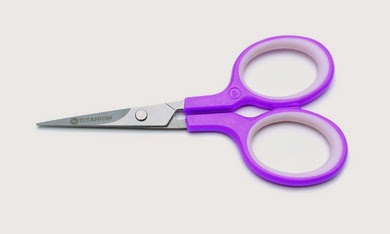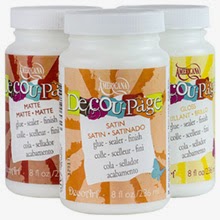 |
| Photo Credit www.theberry.com |
I like to look at Change as a catalyst to creativity, How do I adapt what I do to suit these changes , or if they cannot be adapted, how do I change what or how I do things? It's not as scary as you think it is... it can be a lot of fun. Sometimes you just have to scrap it all and start from scratch, but that can be fun too! Being intimidated by change is normal, we are always frightened by what we don't know or understand, but the best way to deal with the unknown, is to get to know it.
 |
| "NEW" DecoArt Media |
New Art and Craft Products are a perfect example, as products in this industry change constantly!
Knowing what you are working with and what it's limitations are, is the first step. Dig in , read everything the manufacturer has to say about it's product and how to use it. Look for project sheets, product information, and Tutorials. Ask other designers, and artists what they do with it, what they use it for, what they recommend.
Then it's time to get dirty, start playing with it, see how it responds to the brush , to the cloth,to the knife. Manipulate it, colour it, wash over it, push it through stencils , stamp with it, stamp on it, freeze it, thaw it, spray it, TRY anything with it! Do a hundred sample boards with it, see what makes it work and what makes it fail. When you do these things you will clearly see the potential in a product as it applies to your work. Not only that, you will have a clear understanding of what the product is capable of.
All too often artists won't attempt things with a new product because " I don't want to waste it"........ it IS wasted if all it does is sit on the paint rack. If you learn something from it while playing and experimenting , it has NOT gone to waste. Even if what you learned , is that it isn't for you.
Trying out new Products in your design work can have a positive and rejuvenating effect, on both your work and on your attitude. We can often get a little bogged down and uninspired , adding a twist to what you already do, can often be just what the DR Ordered to put the spring back in your brushes.
 |
| Photo Credit Tracy Weinzapfel Studios |
You want a twist?? You have to Check out Tracy Weinzapfel Studios....Here is an artist that just runs with it!!
She is utterly fearless when it comes to playing with product. She has tremendous creativity and a go for it attitude when it comes to change. She has a very positive approach with a colourful personality and exudes confidence ! All of those attributes are reflected in her work! It's colourful, vibrant and dynamic and above all it's FUN!
Utilizing and capitalizing on the change within the industry and with product, is essential to a fresh take on your artwork. We creative types get bored easily...as is evidenced by the STASH of STUFF that we have collected. I for one will have to live to 125 to paint and paint with everything I have accumulated , and thats assuming I Don't accumulate more in the mean time.
Change to this industry with Shop Closures, and The minimization of the Big Boxes in the last decade has brought us to Web Ordering for supplies, to Video Tutorials right at home via You Tube and Streaming Sites. It has brought us to E Patterns and E Zines. Blogs and Online courses , things that didn't exist just 10 yrs ago. It has opened up the WORLD to us as designers and painters. Change... Is a good thing , if we embrace it's potential.
When One door Closes....it gives you the opportunity to paint the other side of the door .
.JPG)










